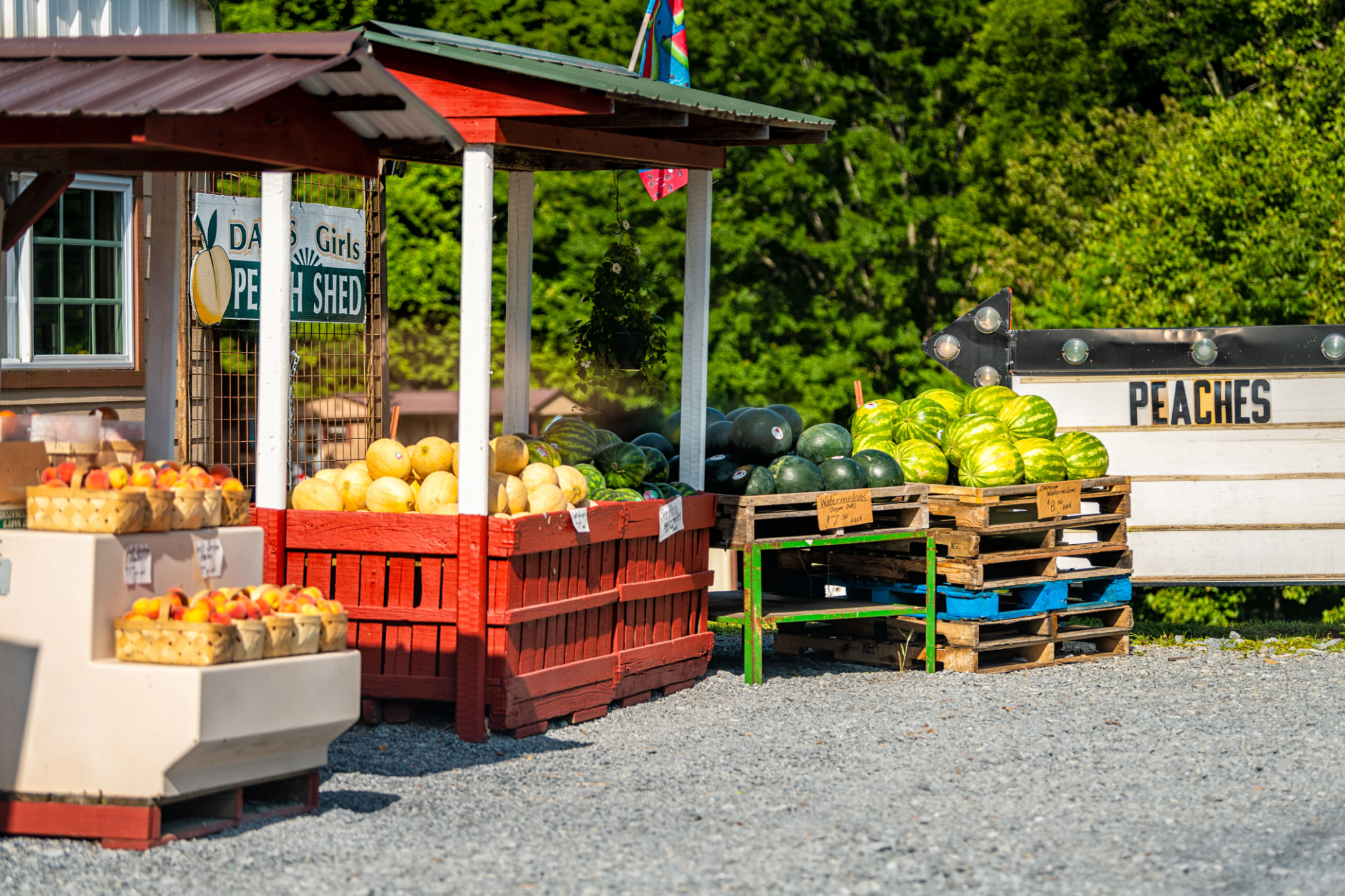From Farm to Table: Understanding the Journey of Your Ingredients
MC
The Farm to Table Movement
The journey from farm to table is a fascinating process that highlights the importance of understanding where our food comes from. The farm-to-table movement emphasizes the connection between producers and consumers, ensuring that ingredients are fresh, sustainably sourced, and support local economies. This movement is more than a trend; it's a commitment to better food practices and healthier living.
Consumers are increasingly interested in knowing the origin of their food. This curiosity has driven a demand for transparency in food production. By understanding the journey of our ingredients, we gain insight into the farming methods used, the environmental impact, and the nutritional value of our food.

The Journey Begins: From Seed to Harvest
The farm-to-table journey starts with the seed. Farmers carefully select seeds based on factors such as climate compatibility, soil quality, and desired crop yield. Once planted, these seeds require diligent care, including proper watering, fertilization, and pest control. Farmers often use sustainable practices to minimize environmental impact and promote biodiversity.
As crops mature, farmers monitor them closely to determine the ideal harvest time. This ensures that fruits and vegetables are picked at their peak ripeness, maximizing flavor and nutritional content. Harvesting requires skill and timing, as even a small delay can affect the quality of the produce.

Transportation and Distribution
Once harvested, the journey continues with transportation and distribution. Produce is often transported short distances to reduce carbon emissions and maintain freshness. Local distribution networks play a crucial role in connecting farms with markets, restaurants, and consumers.
Some key benefits of local distribution include:
- Reduced transportation costs
- Lower carbon footprint
- Fresher produce for consumers

On Your Plate: The Culinary Experience
The final step in the farm-to-table journey is when ingredients reach your plate. Whether at home or in a restaurant, these fresh ingredients contribute to a superior culinary experience. Chefs often highlight seasonal produce in their menus, allowing diners to enjoy the best flavors each season has to offer.
Cooking with fresh, locally sourced ingredients not only elevates the taste of a dish but also supports local farmers and sustainable practices. By choosing farm-to-table dining options, consumers can enjoy delicious meals while making a positive impact on the environment and community.
The Impact on Health and Environment
The farm-to-table movement has significant health and environmental benefits. Fresh ingredients tend to have higher nutrient levels compared to those that have been processed or transported long distances. This leads to better health outcomes for consumers who prioritize fresh produce in their diets.
Environmentally, this movement supports sustainable farming practices that reduce waste, conserve resources, and promote biodiversity. By choosing farm-to-table options, consumers are actively participating in a more sustainable food system.

Embracing the Farm-to-Table Lifestyle
Adopting a farm-to-table lifestyle can be both rewarding and impactful. Here are some simple ways to incorporate this approach into your daily life:
- Shop at local farmers' markets
- Join a community-supported agriculture (CSA) program
- Ask restaurants about their sourcing practices
- Grow your own herbs or vegetables
By taking these steps, you can enjoy fresh, delicious meals while supporting local farmers and contributing to a healthier planet.
